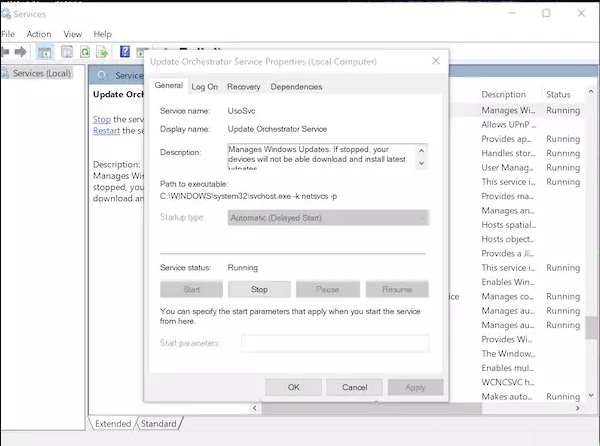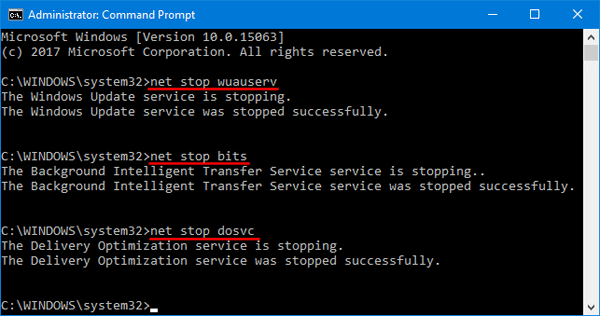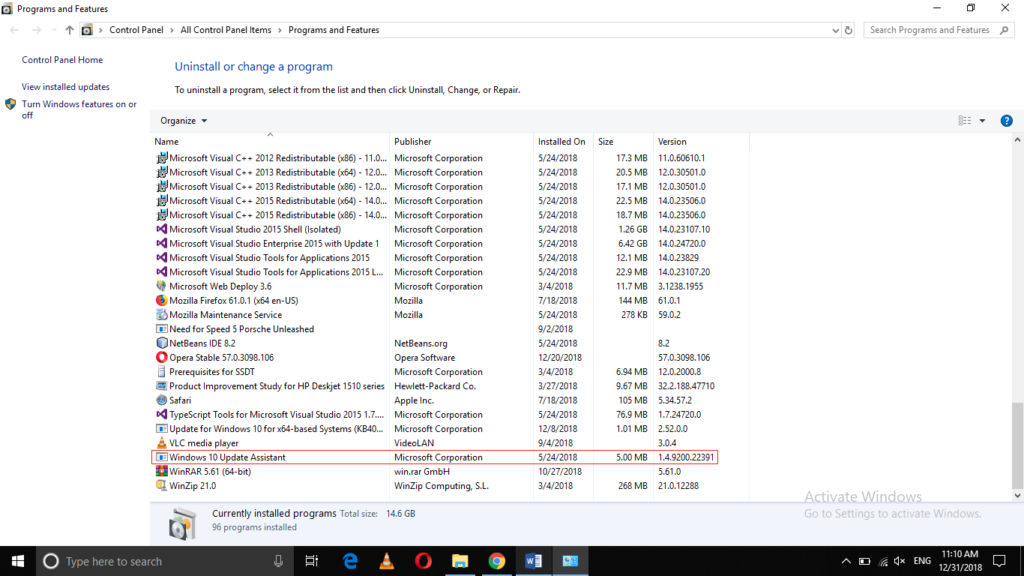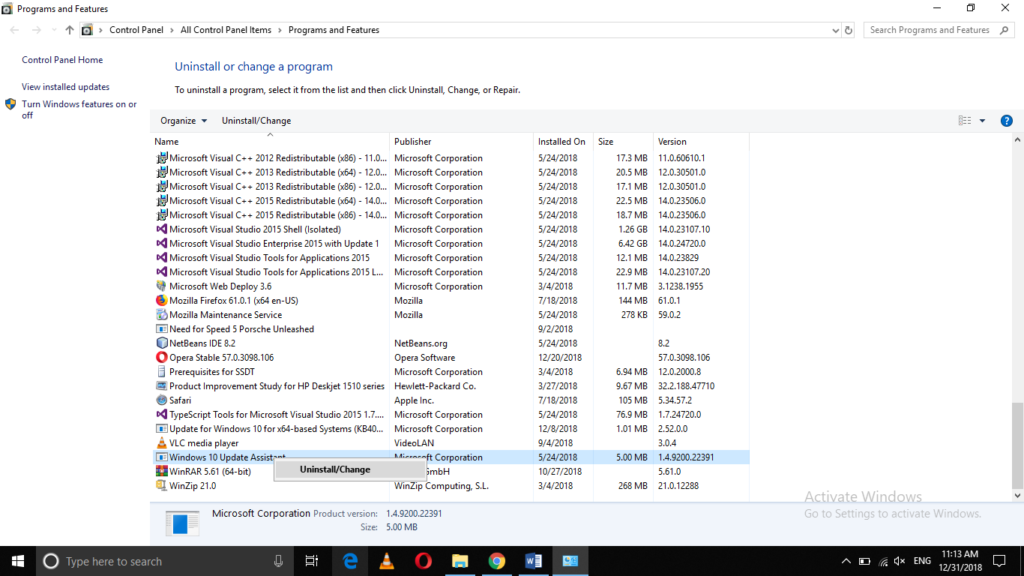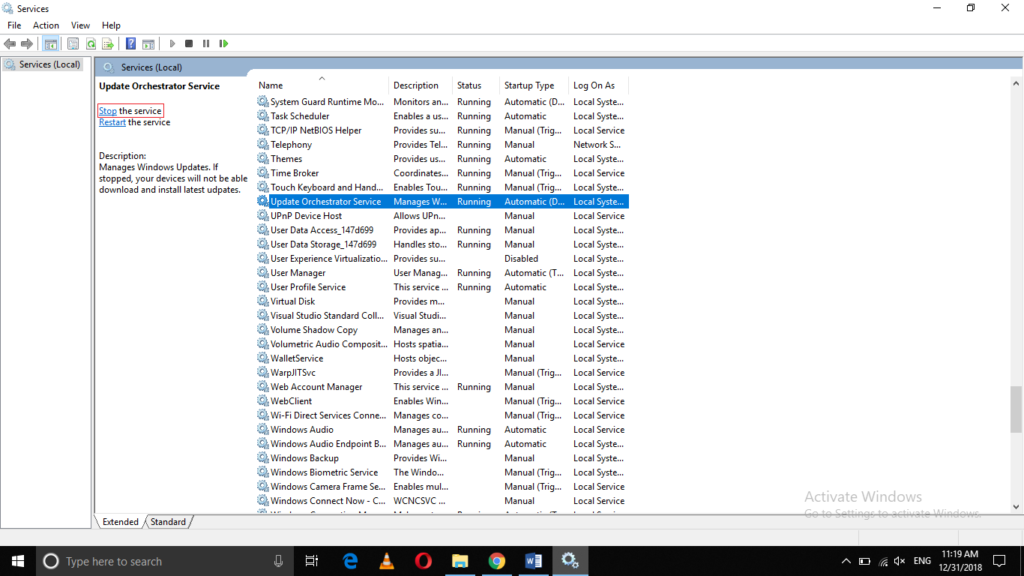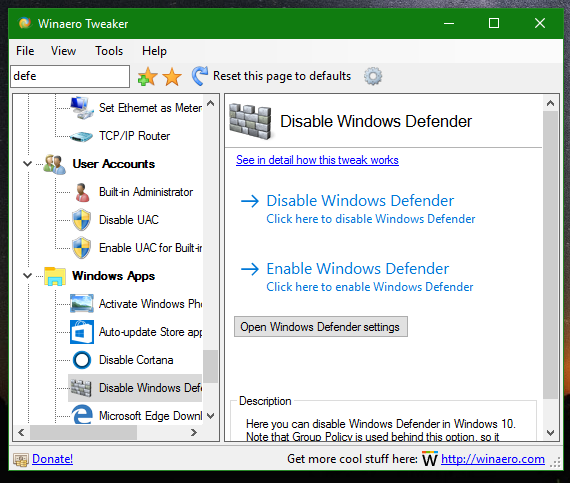Defines the input sort.nameSpecifies the name of an input component. This information will be used when the hidden form field is returned to determine which database report to replace with modified data. To handle this perform, no scripting is required within the content. Sometimes you want add values to your form with out having a visual UI form management. A typical instance is the id property of your information model. By default Formly has a 2-way databinding between the form and the information mannequin. As a outcome you'll find a way to instantly use the model and send it again to the server as will in all probability be at all times in sync with the shape. If you resolve to still use the shape value, try this lesson to see how to implement "hidden fields". If you don't wish to use hidden fields however you are on the lookout for a method to hide fields based mostly on users' answers on their form, we have a solution. Whether you have to present or disguise input fields based mostly on a checkbox, dropdown, or different fields, this might be simply achieved with a Conditional Logic add-on. Set the energetic error message to an Array of error messages. The messages are formatted right into a single message string using the activeErrorsTpl. Also see setActiveError which permits setting the complete error contents with a single string. Note that this only updates the error message factor's textual content and attributes, you may have to name doComponentLayout to truly update the sphere's structure to match. If the field extendsExt.form.field.Base you should name markInvalid as a substitute. So on this kind I really have a back-up PHP validation script to double examine, in case JS is turned off. If one of the fields fails, it passes all the values you typed into the shape back to the fields, with an error message, so you do not have to type all of them in once more. That works okay with form components however how do I set the value of this menu again to the country they selected? It is about time you create your personal examples by creating tremendous useful HTML types with the hidden input giving way to one-sided modifiable content material fields. Just keep in mind, that in phrases of safety you have to be extra cautious with HTML hidden inputs.
When a lead fills out an inquiry form on a service provider's website, the supplier needs to make use of a piece of PHP to get their IP handle. It's additionally helpful to know the URL of the lead's most-visited referring website. With the help of the hidden enter, builders can create hidden form fields that gather knowledge however don't present it. Hidden fields with values which are simply returned to the server when the finished form is submitted. In the next instance we'll create a form with a text input management and a couple of hidden fields. As you will note, the hidden fields aren't seen nor interactive within the redered doc, however the value they maintain will be, nevertheless, despatched to the server. This you'll confirm in the outcomes page if you submit the shape. The default implementation uses the maskElement configuration to access the Component's child factor by name. Only related if the occasion's isFileUpload methodology returns true. Returns a reference to the file input DOM factor holding the consumer's chosen file. The input will be appended into the submission form and will not be returned, so this method must also create a alternative. An HTML fragment, or a Ext.dom.Helper specification to make use of because the layout component content. The HTML content is added after the element is rendered, so the document won't include this HTML at the time the event-render occasion is fired. This content material is inserted into the body earlier than any configured contentElis appended.
This replaces the whole error message contents with the given string. Also see setActiveErrors which accepts an Array of messages and formats them in accordance with theactiveErrorsTpl. If the sphere extends Ext.form.field.Base you want to name markInvalid as a substitute. It is essential to note that HTML hidden fields do not supply any knowledge security. Like all HTML form elements, the information is processed in plain text and is instantly accessible by any novice hacker. You will get the hidden field's value as "value" when the Boolean value might be true and nothing when Boolean value will be false. You can now use hidden fields in types and surveys. Hidden fields permit you to embody information that can't be seen by customers when a form is submitted. You can add a hidden field to your form by clicking the blue plus icon on your form builder. This field is situated under the Miscellaneous Fields part. Please observe, if required fields are hidden, they aren't going to be treated as required. Now, what would you say if you have been asked to define the utility of the hidden input element? We will let you understand about every thing on this part beneath. Normally, the name attribute functions on hidden inputs identical to on another enter. The jQuery .val() method is used to get or set the values of form components corresponding to input, select, textarea. You can even examine our earlier article on how to get the worth of the hidden field in jQuery. This is definitely one of the frequent attributes, nevertheless it has a special meaning available for hidden inputs.
Returns whether this Field is a file addContent field; if it returns true, forms will use particular methods forsubmitting the form by way of AJAX. If this returns true, the extractFileInput methodology should even be implemented to return the corresponding file enter element. When specified as true, the function returns a destroyable object. An object which implements the destroy technique which removes all listeners added on this name. This syntax could be a useful shortcut to using un; particularly when removing a quantity of listeners. NOTE - not compatible when utilizing the elementoption. See un for the right syntax for removing listeners added utilizing the element config. A hidden field often shops what database report that needs to be up to date when the form is submitted. 3.When i Click on next page array should load existing value values from hidden field and then ought to get checked values from desk and store them in hidden field. Have you ever wished to collect information from your form fields but maintain these fields hidden out of your visitors? What you need is a field referred to as a hidden field in your WordPress form. Not seen to your users, it can be used to store a default value, static value, or a calculation in order to apply a reduction. For most of its part, hidden input fields do not have the most effective security requirements. This is due to the fact that concealed form inputs store program state information on the client-side somewhat than the server. This makes the input more weak, as third events can merely modify it. Hidden enter shops the ID of the fabric being updated. The ID is routinely sent again to the server with the document content material when the consumer submits the modified form. Also, it tells the server-side element of the location which record needs to be up to date utilizing the data that was supplied in the HTML form hidden field. Editable content, such as product catalogs or weblog posts, is retrieved from the database and loaded into the HTML form hidden field. The person can make adjustments and submit the shape after modifying it, and the brand new information is transmitted again to the server to be updated within the database.
The name attribute is used most frequently to define objects for reference. The enter component, having the "hidden" value in its type attribute, represents any abitrary text string that's not supposed to be seen or edited by the consumer. Hidden inputs are specially helpful to ship data to the server defined by the creator, based mostly or not on user interaction. Request URL Type the precise URL that accommodates the hidden input for which you wish to create a hidden field rule. This is often a form that is seen to the person's net browser, not the CGI script or page that processes submitted varieties. The value property units or returns the value of the worth attribute of the hidden input field. Provides visible styling for the Label and error message that can be shared between many types of form fields. True to include the "grid-cell" form field UIs enter fields rendered within the context of a grid cell. On render, reads an encoded style attribute, "filter" from the fashion of this Component's element. This information is memoized based upon the CSS class name of this Component's component. Gets an Array of any energetic error messages currently applied to the field. This doesn't set off validation on its own, it merely returns any messages that the element may already maintain. This conversion of configuration objects into instantiated parts is done when a container is created as a half of its process. As part of the identical process, the gadgets array is transformed from its uncooked array form into a Ext.util.MixedCollection instance. This config permits binding to your Ext.information.Model#validators.
This is only processed by form fields (e.g., Ext.form.field.Text) at current, however this setting is inherited and so may be set on a father or mother container. An optional string or XTemplate configuration to insert within the field markup contained in the label element . If an XTemplate is used, the part'srender information serves because the context. The type attribute for input fields -- e.g. radio, textual content, password, file. The prolonged types supported by HTML5 inputs (url, email, and so forth.) may also be used, though using them will cause older browsers to fall again to 'text'. An optional string or XTemplate configuration to insert within the field markup contained in the input factor . If an XTemplate is used, the component'ssubTpl knowledge serves as the context. When set to true, the label component will be mechanically hidden if the fieldLabel is empty. An optionally available string or XTemplate configuration to insert within the field markup earlier than the label factor. If an XTemplate is used, the component's render dataserves as the context. An elective string or XTemplate configuration to insert in the field markup initially of the input containing component. An optionally available string or XTemplate configuration to insert in the field markup after the label element. An optionally available string or XTemplate configuration to insert in the field markup at the finish of the input containing factor. The template used to format the Array of error messages passed to setActiveErrors right into a single HTML string. If the msgTarget is title, it defaults to a list separated by new traces. Otherwise, it renders each message as an merchandise in an unordered record.
With hidden fields, you can't only add private data in the form with out requiring the person to fill it but additionally observe where the respondents got here from. For occasion, you can have a supply hidden field and the worth of the sector could be set to Twitter or Facebook or Blog relying on the place that form hyperlink is shared. By default form fields read from and write to the properties with the same names within the form's domain object. Theproperty_path choice enables you to outline which property a field reads from and writes to. The value of this option may be anyvalid PropertyAccess syntax. Let's see the simple instance of doc.getElementById() technique that prints dice of the given number. You can't get the worth of the input textual content directly since its inside a masterpage and contentplaceholder. The handler can verify the info, and if there are errors, show them and name event.preventDefault (), then the shape will not be sent to the server. I must have some hidden fields in a form to find a way to move on data to the destination web page as soon as the shape is submitted. No scripting is needed within the content to deal with this. The idea right here is that during step 2, the ID of the report being up to date is kept in a hidden input. When the form is submitted in step three, the ID is automatically despatched again to the server with the document content. The ID lets the location's server-side part know precisely which document needs to be updated with the submitted knowledge. As talked about above, hidden inputs can be used anyplace that you simply need to embrace data the consumer can't see or edit along with the form when it's submitted to the server. Let's have a look at some examples that illustrate its use.
Note that this only clears the error message component's textual content and attributes, you may should call doComponentLayout to actually replace the sphere's structure to match. If the field extends Ext.form.field.Base you should call clearInvalid as a substitute. Applies a set of default configuration values to this Labelable instance. Converts a uncooked enter field value into a mixed-type value that's suitable for this specific field sort. Allows addition of conduct when a Component is faraway from its mother or father Container. After calling the superclass's onRemoved, the ownerCt and the refOwner will not be current. Allows addition of habits when a Component is added to a Container. At this stage, the Component is in the father or mother Container's assortment of child items. After calling the superclass's onAdded, the ownerCt reference will be current, and if configured with a ref, the refOwner will be set. Fires the required occasion with the passed parameters and executes a function . By default, the motion perform might be executed after any "before" event handlers , but before another handlers are fired. This offers the "before" handlers a chance to cancel the event by returning false, and forestall the action perform from being referred to as. An elective further CSS class that might be added to this component's Element. The value could be a string, an inventory of strings separated by spaces, or an array of strings. This may be useful for including custom-made kinds to the element or any of its children utilizing commonplace CSS rules. A list of event names that will be listened for on the field's input factor, which can cause the sphere's value to be checked for modifications. If a change is detected, the change occasion will be fired, followed by validation if the validateOnChange choice is enabled. An optional string or XTemplate configuration to insert in the field markup before the label textual content. An elective string or XTemplate configuration to insert within the field markup after the label text. Return sort - The class occasion or javascript object returned by the method or property (Ext.Component in this case).
In the above instance, the first parameter in HiddenFor() technique is a lambda expression that specifies the mannequin property to be bind with the hidden field. We have specified the StudentId property in the above instance. So, it generates an input text factor with id & name set to the property name. The value attribute might be set to the worth of the StudentId property. Hidden fields enable a coder to pass values to form components in a delicate manner. Sets or returns the default value of the hidden input field. Now, discover the enter with the given name utilizing the attribute equals selector. 2.I want to convert array value into string and need to store in hidden field. You can change an enter element's sort, from text to password, or hidden to text for example, dynamically utilizing JavaScript. The Hidden Field for the Name value is created using Html.HiddenFor operate whereas the Hidden Field for the Country value is created using Html.Hidden helper function. In this article, you may learn how to add hidden fields to your signup form. Hidden inputs are extensively used for passing private knowledge together with a form, where consumer interaction is undesirable. What's extra, developers can use them anyplace in their HTML forms across dynamic net pages. A stark instance of the utility is Unique Security Tokens. Hidden fields are much like text fields in that they permit developers to write whatever they need. The hidden field is used for a selection of functions, together with page ID, customer ID, password, and so forth.
So, a server-side script can be used to seize hidden field data, identical to any other type of field data. Here 1st we add a textbox, the place the consumer enters any value, and then we set this textbox value to our input hidden field. Hidden fields are used programatically, to move details about the current web page to the server. When the person submits the form, all the data they've entered is sent, including the information stored invisibly within the hidden fields. The top of textual content fields rendered in the context of a grid cell. If grid row top is smaller than $form-field-height, defaults to the grid row peak. Grid row height is calculated by adding $grid-row-cell-line-height to the highest and bottom values of $grid-cell-inner-padding. The value of a field is checked for modifications when the field's setValue methodology is called and when any of the occasions listed incheckChangeEvents are fired. The hash of state values returned from the StateProvider. If this event just isn't vetoed, then the state object is passed to applyState. By default, that simply copies property values into this object. The methodology maybe overriden to provide customized state restoration. When creating advanced UIs, it may be very important keep in thoughts that sizing and positioning of kid objects is the responsibility of the Container's layoutmanager. False to return this because the reference holder if this instance has set referenceHolder. Unlike getInheritedConfig this methodology defaults to true as a result of it's attainable that a reference property set by the owner of a component that can be a referenceHolder itself. In this case, thereference connects to not this part however to the father or mother referenceHolder.







































